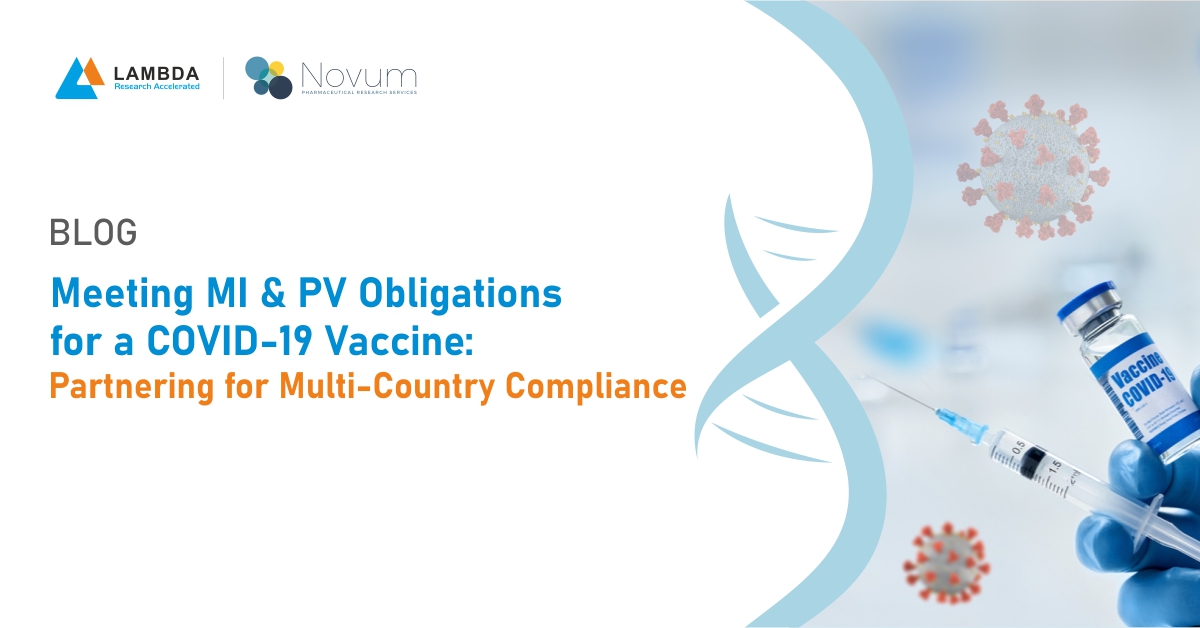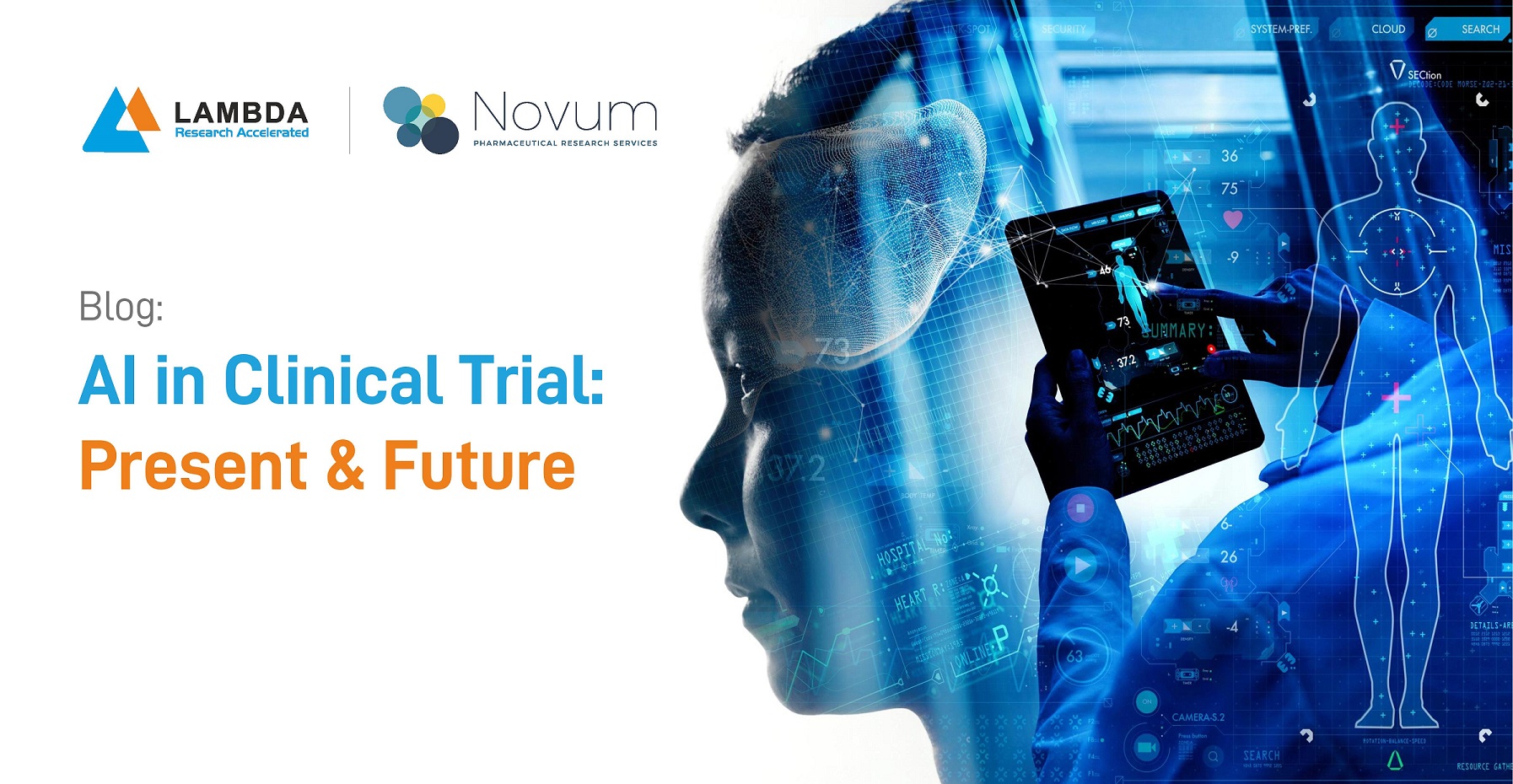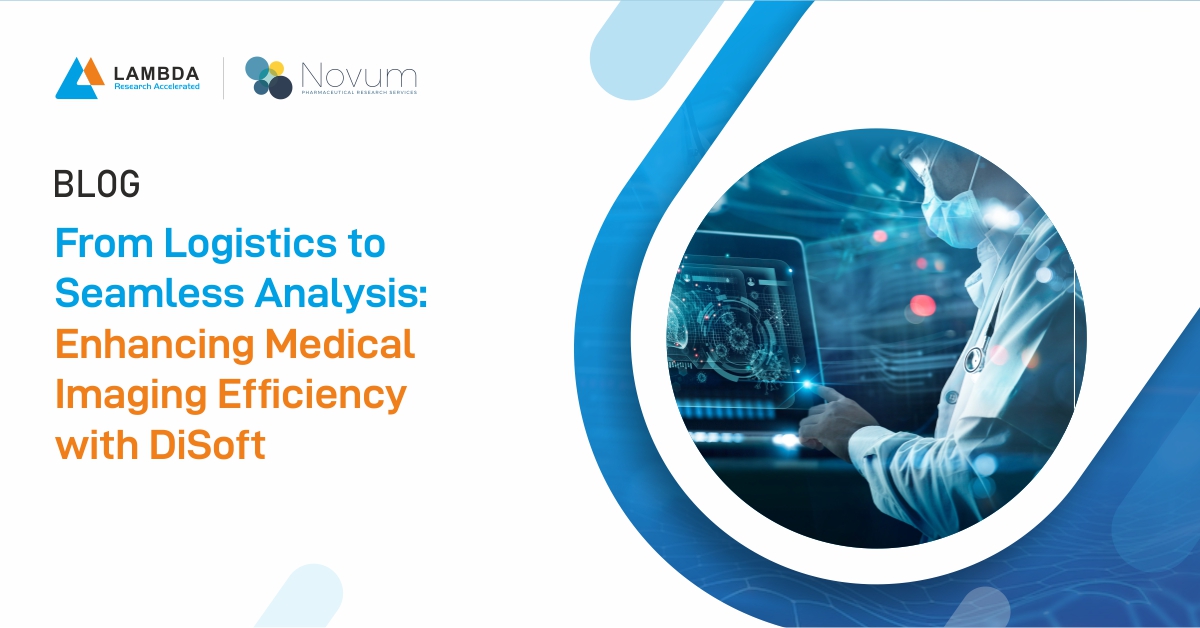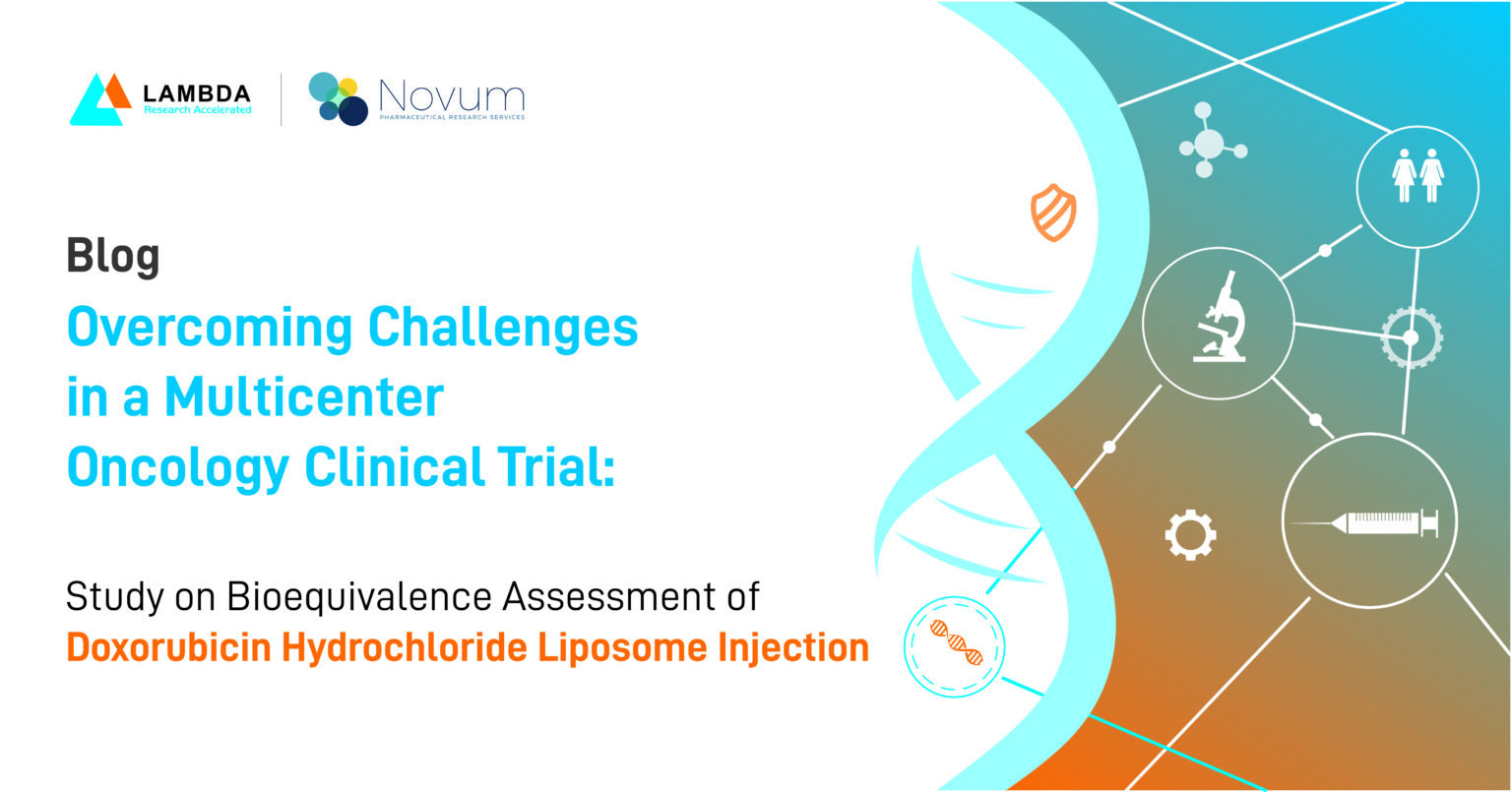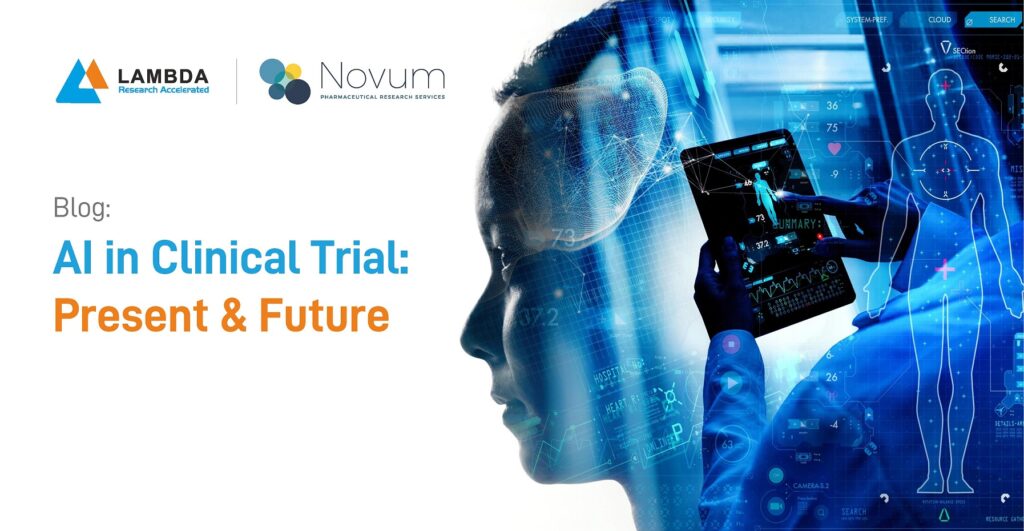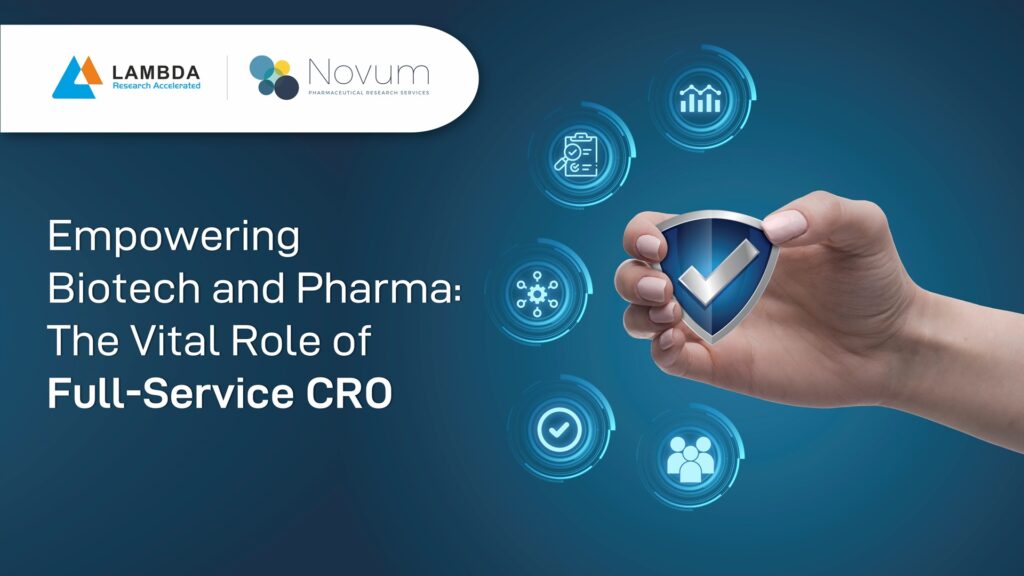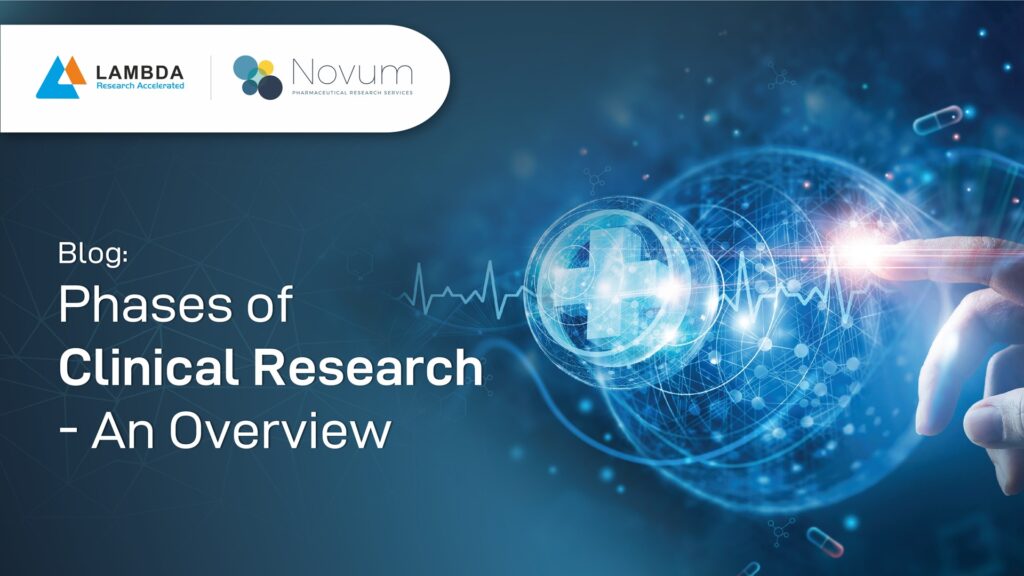The widely accepted approach for proving the efficacy and safety of novel medications is still the traditional “linear and sequential” clinical trial technique. However, poor patient selection, recruitment, retention, management issues, and insufficient patient monitoring are partially responsible for lengthening studies and high trial failure rates. Artificial intelligence (AI) has the ability to reduce clinical cycle times by lowering the cost and burden of clinical development.
AI deployment requires proof of concept, a qualified knowledge base, and model training. AI reduces the time it takes for life-saving drugs to reach the market by freeing up human workers’ time from repetitive tasks, allowing them to focus on more specialized work, and directs future research by analyzing past and present trial data. AI can shift the focus from trial implementation to drug discovery, providing better medications for patients.
AI enhances testing accuracy, efficiency, drug development, and outcomes by providing access to knowledge and enabling collaboration with subject matter experts. This leads to faster problem-solving, better decision-making, and successful clinical trials.
AI plays a crucial role in clinical research, particularly in pre-clinical research, design, recruitment, conduct, and analysis.
- Pre-clinical: Advanced algorithms can quickly analyze chemical compounds and predict toxicity, enabling researchers to focus on promising candidates.
- Design: AI-based analysis can provide insights into participant behavior, enabling researchers to design trials more efficiently. Predictive AI models and analytics tools enable Real-World Data (RWD) unlocking, accelerating disease understanding, identifying suitable patients, guiding site selection, and supporting innovative clinical study designs.
- Recruitment: AI can automate patient recruitment and data collection, enabling better patient interactions and better-designed trials.
- Conduct and Analysis: AI in conduct refers to tasks performed by statisticians after participant enrollment and database lock, while AI in analysis involves tasks after database lock.
Overall, AI’s potential benefits in clinical research include improved drug discovery, safer trials, and improved patient outcomes at lower costs.
Few Examples of AI For Clinical Trials:
- Patient Recruitment and Screening
- Trial Design and Optimization
- Data Collection and Analysis
- Adverse Event Detection
- Natural Language Processing


Advantages of Leveraging AI In Clinical Trials:
- Reduced costs by accelerating the enrollment process
- More accurate data analysis
- Personalized Medicine
- Real-Time Access to Expertise
- Improved Patient Outcomes
- Increasing trial knowledge, concentrating online recruiting efforts on certain subpopulations, and making travel to locations easier to improve participation, particularly from minority racial/ethnic or underserved groups.
- Reducing burden and monitoring for intervention implementation, reducing data collection workload, enhancing intervention fidelity with AI algorithms and smart applications (such as Clinical Decision Support or CDS)
- Blockchain technology algorithms for data security and accuracy, data reproducibility, quality, privacy, and sharing, and improving analysis with massive data are key strategies.
- Outsourcing and strategic relationships to obtain necessary AI skills and talent
- Faster time to Market
Challenges for AI Implementation in Clinical Trials:
- Protecting participant data’s privacy and confidentiality when gathered digitally, including accidentally disclosing information to unidentified third parties
- Making sure that regulatory advice incorporates the most recent technical developments
- Ensuring that staff members have the necessary infrastructure, resources, knowledge, skills, and expertise.
- Improving retention while maintaining participant interest
- Taking into account user attitudes, behaviors, expectations, and preferences, as potential users may regard accessing their data as an infringement on their privacy,
- Although standards, guidelines, and best practices have emerged, there are still issues with data quality, completeness, and accuracy (especially since digital tools are typically developed for use in other areas and need to be adapted for use in research, and the majority are not interoperable)
- Addressing the challenges posed by big data
- Recruiting adequate, representative samples and avoiding sample bias
- New data protection methods may face challenges, such as firewalls preventing updates, local security laws conflicting with funding agencies, and limiting access to clinical investigations due to stringent safeguards
- Issues with utilizing algorithms that are somewhat opaque or that may perform actions that users or other interested parties cannot see.
Upcoming Clinical Trials:
- Biopharma companies aim to develop specialized medications targeting disease root causes rather than treating symptoms, requiring clinical trials that accommodate various techniques. International regulators are imposing pressure on the adoption of patient-centered design (RWD) strategies, which will impact the regulatory process. AI and digital health technologies can transform clinical trials by boosting patient retention, engagement, and recruitment.
- In silico and virtual trials will be led by AI, computer simulations, and personalized medicine advancements, reducing patient time and cost constraints allowing faster recruitment of representative groups in real-time and remote monitoring. Up to half of studies can be conducted remotely, improving patient retention and speeding up clinical development.
- AI’s potential to enhance patient experience will help achieve patient-centricity throughout the R&D process. Businesses must operate differently, relying on partnerships, collaborations, and change management capabilities to overcome productivity issues and reduce biopharmaceutical production reductions.


Few Projects Run with AI:
Clinical trials are being worked on by about 30 AI start-ups, some of which are collaborating with biopharma firms, including Trials.ai, Concerto HealthAI, and GNS Healthcare. In 2019, Verily Life Sciences collaborated with Novartis, Otsuka, Pfizer, and Sanofi on a project to enhance patient enrollment and retention. Project Baseline collects Electronic Health Records (EHRs), biometrics, and patient-reported data using Verily’s AI-powered research tools, wearable tech, sensors, and analytical software. Apple launched two clinical trials, the Apple Women’s Health Study and the Apple Heart Study, using its ResearchKit software. Biopharma firms have also released applications to enhance patient monitoring and RWD collecting in clinical research.
Comprehend Medical is a new AWS Cloud NLP service from Amazon that decodes structured and unstructured data to extract information from clinical trial reports, medical records, and electronic health records (EHRs). Roche Diagnostics uses Comprehend Medical to connect people to unaffiliated clinical studies. Microsoft and Novartis have a five-year partnership that combines Microsoft’s artificial intelligence technologies with Novartis’ substantial health sciences expertise. Takeda Pharmaceuticals established the R&D Data Science Institute, combining data sets from clinical trials, observational research, population-level biobanks, and RWD to create insights using cutting-edge machine learning techniques.
Estimated Duration for the Scale Adoption of AI-Enhanced Digital Technologies:
Now: Ready for Near-Term Adoption
- eConsent
- Patient-reported endpoints using mobile applications and wearables
- Risk-based site monitoring
- Assessment of protocol design feasibility using data from multiple sources
3 Years: Next in Line
- Automated data capturing, integration, and sharing
- Mine EHRs and patient records to assess feasibility and expedite recruitment
- Workflow automation of repetitive activities
- Partially virtual trials
- Digital biomarkers as secondary endpoints
5-10 Years: More Advanced Technologies
- Synthetic control arms and trials
- AI tools to analyze and interpret unstructured data
- Machine Learning (ML) to clean data
- Completely virtual trials
- Digital biomarkers as primary endpoints
- Natural Language Processing (NLP) to perform more complex medical writing activities in silico.
Conclusion:
Healthcare equipment with AI capabilities is governed by the FDA’s legislative framework, although not all devices are. The FDA’s most current SaMD Action Plan is good, but it requires clarity on premarket assessment, the continuation of the Software Precertification Program, and the distinction between FDA-mandated and exempted software. Draft policies and the distinction between FDA-required and exempt software may be the basis for the organization’s policy. FDA’s recent SaMD (software as a medical device) Action Plan is a good step forward, but the agency will still need to clarify other key issues for regulatory as well as for developers, including:
- When a modification to SaMD or an adaptive ML device requires premarket review. The draft guidance on the predetermined change control plan could be a critical part of this policy.
- Whether and how the Software Precertification Program can be extended beyond the pilot phase.
- The distinction between software regulated by FDA and exempt software, which will turn heavily on the difference between informing clinical decisions and driving them.
- How GMLP, when they are developed, will intersect with the current quality system regulations that apply to all devices.
- How software updates and potential impacts on performance will be communicated to end users.
- What are the primary internal cost drivers for your clinical trial process, and how could available AI solutions have the greatest impact?
- Can we integrate AI technologies into your clinical development? Do we have the essential skills and talent?
- Can outside partnerships fulfill the expertise required for AI adoption in our clinical trials?
- What is strategy for controlling the disruptive effects that tech giants are having on clinical development?
- Is regulatory function considered a strategic asset? How iterative is approach to the regulation of AI-enabled processes?
REFERENCES:
Focus Area: Artificial Intelligence | FDA
Artificial Intelligence and Machine Learning (AI/ML) for Drug Development | FDA
FDA Releases Guidance on AI-Driven Clinical Decision Support Tools (healthitanalytics.com)
Artificial Intelligence in Clinical Trials | Deloitte Insights
Using digital technologies in clinical trials: current and future applications – PMC (nih.gov)
